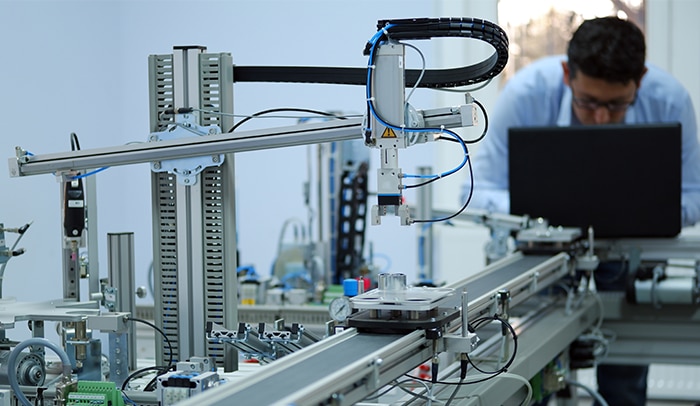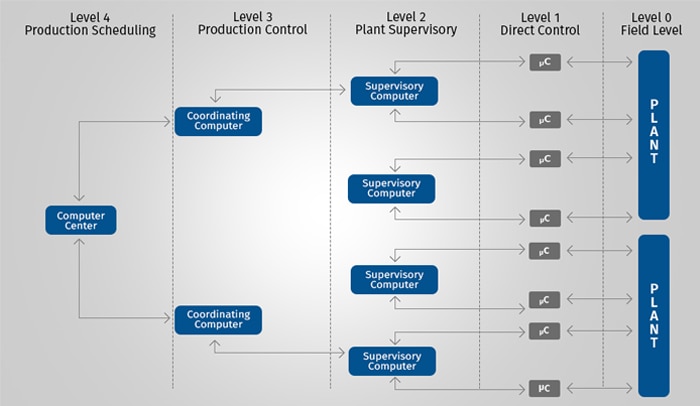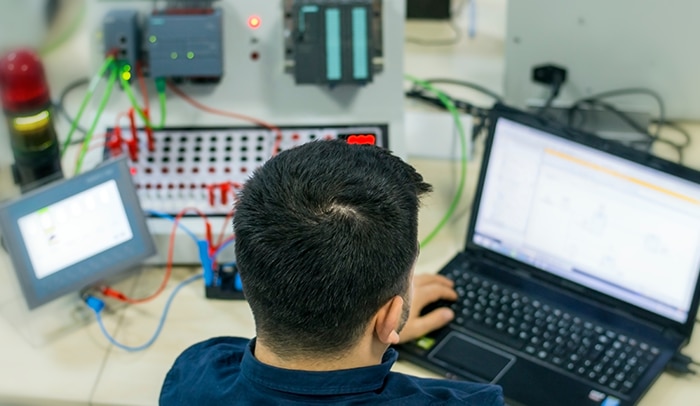
Efficiency and secured monitoring are the two most important aspects for any business operation, let alone manufacturing units. The more productive your workforce is, the better revenues you will generate. The same holds true for the monitoring of your business operations as well. Today, everything is shifting towards digitalisation and it is quintessential that you ensure hundred per cent safety and security for your crucial data. While there are methods and cyber-security processes that help in preventing any sort of theft, data leaks, and so on, modern-day problems of manufacturing with respect to efficiency are something that needs attention. This is where the SCADA system comes into play.

Supervisory Control and Data Acquisition (SCADA) is a control system that consists of network data communication, graphical interfaces, and peripheral devices which help in controlling and monitoring of process plants or the machinery in a manufacturing unit. They help in ensuring that your workforce can effortlessly maintain and check the machinery at regular intervals without having to spend excessive time on the same. The peripheral devices that SCADA is equipped with comprise of Programmable Logic Controllers (PLC) and discrete Proportional Integral Derivative (PID).
SCADA programming also helps an industrial organisation control all processes from remote locations as well as from the unit. This includes monitoring, gathering, and processing data in real-time, and recording the data and operational events into a log file. In addition to this, they can also directly interact with devices like valves, pumps, motors, sensors, and so on through the Human-Machine Interface (HMI) software of the SCADA system.

The ability to perform a supervisory operation across several other exclusive devices is a key attribute of the Supervisory Control and Data Acquisition system. The control operations of SCADA consist of five levels, namely:
Modern SCADA units are equipped with designer applications that have rapid application development (RAD) capabilities, thereby allowing users to design easier applications that do not require extensive software development knowledge. In addition to this, modern SCADA programming includes enhanced IT standards and coding languages like SQL and other web-based applications that have helped in improving the efficiency and reliability of the unit while contributing to the productivity of the workforce.

With SCADA automation units, it becomes easier to create a smart maintenance regime and to decrease the downtime of the machinery. They allow users to implement solutions that can help in preventing unanticipated problems from taking place.
SCADA units offer all the operational information from all sections of the machinery/equipment in a detailed manner, which makes the operative’s job easier as they have all the graphical statistics presented in real-time.
SCADA systems store all the different operational configurations of the machinery which allows users to easily extract all the data in case it is needed. This includes the frequency inverter configuration, motor speed, pressure settings, burner output, and so on.
SCADA automation processes help in achieving a more connected operation that allows for real-time reading and performance of the machinery. In addition to this, they also help in predicting the future needs of the machinery.
Since SCADA units can store the operational configuration of the machinery, they can also store the performance data of the machinery which helps in ensuring a quicker and timely correction of faults, thus ensuring that the production quality is not affected.
In coordination with the latest technology and requirements for advanced SCADA systems, Mitsubishi Electric offers a highly functional MC Works64 SCADA unit that enables effective monitoring of the machinery. Our products are designed with an advanced integrated monitoring system that contributes to solving modern-day manufacturing problems and come up with better analysis and results.